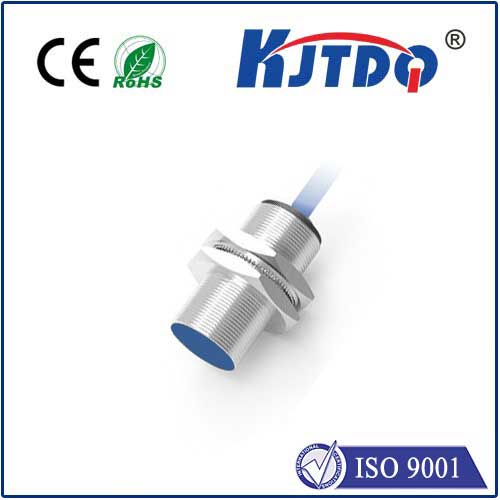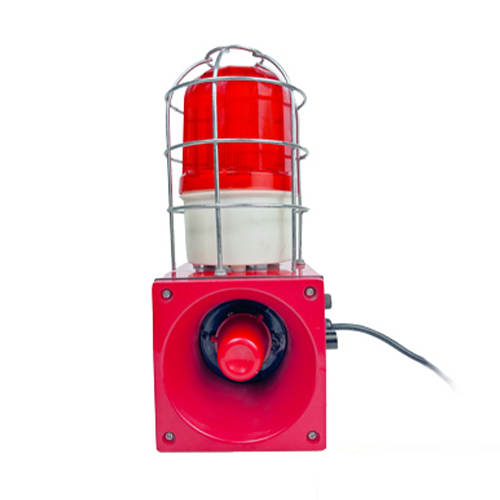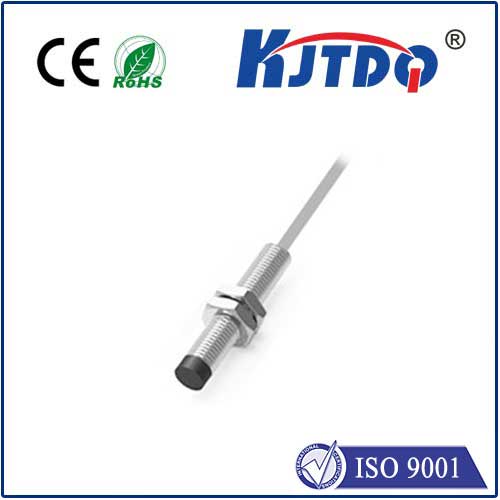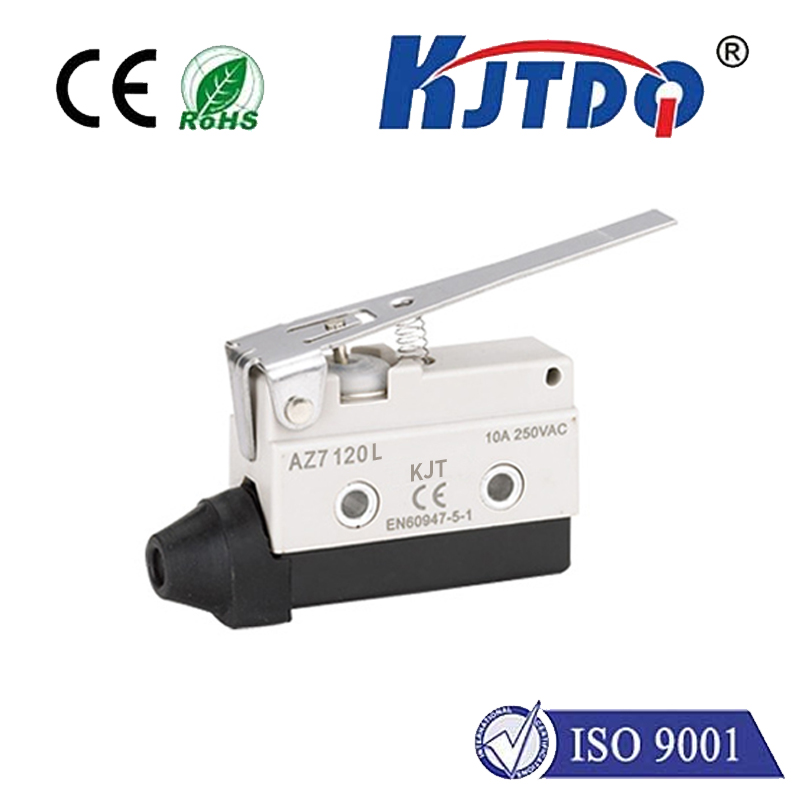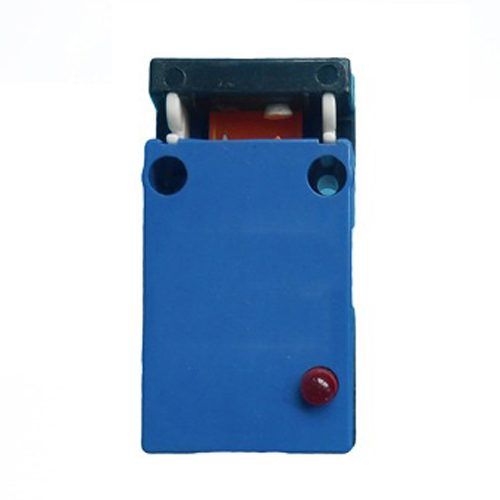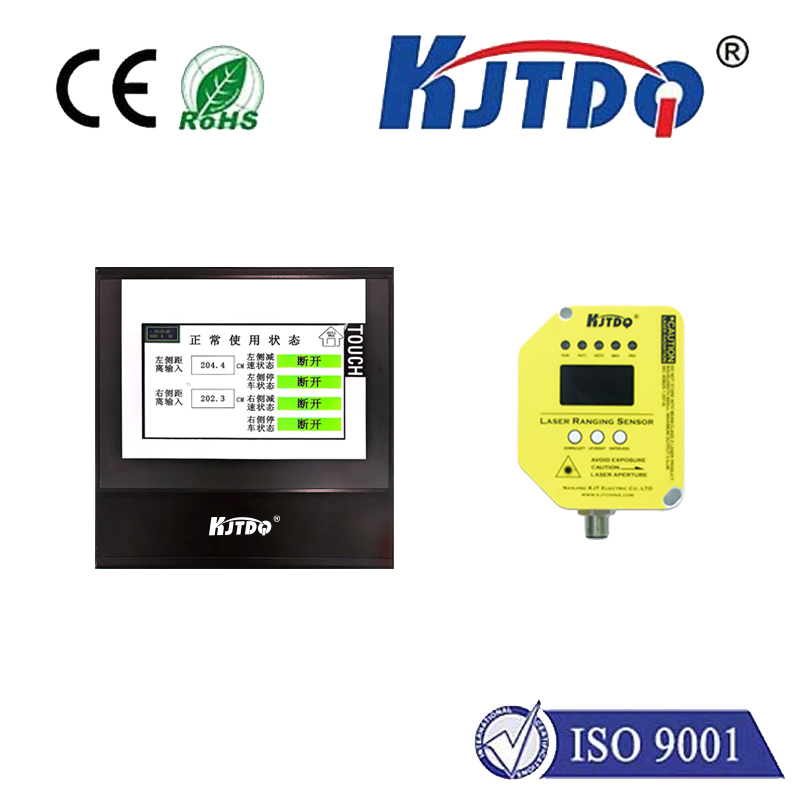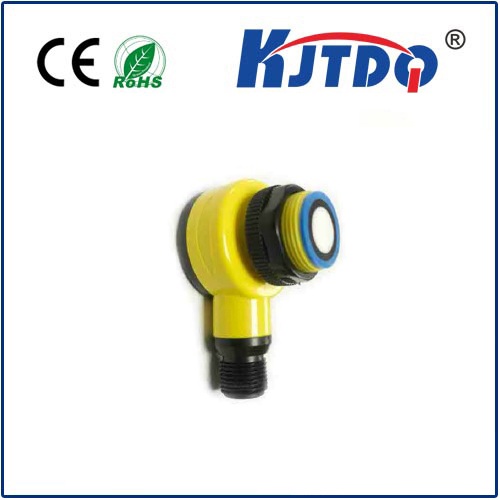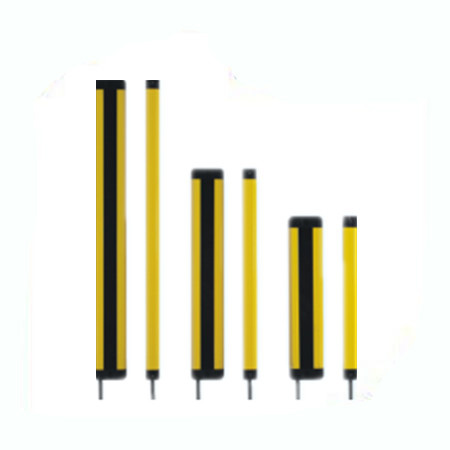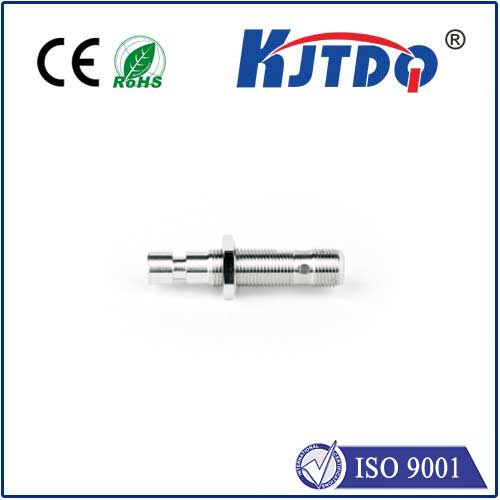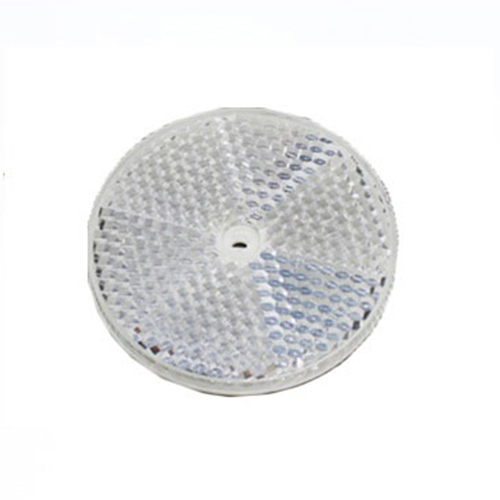zigbee temperature probe
- time:2025-08-21 02:58:56
- Нажмите:0
Zigbee Temperature Probes: Unlocking Wireless Precision Monitoring
Imagine knowing the exact temperature inside your wine cellar from the living room couch, or receiving an instant alert if your pharmaceutical fridge malfunctions, or perfectly automating your greenhouse climate – all without running a single wire. This isn’t science fiction; it’s the everyday reality unlocked by Zigbee temperature probes. These unassuming wireless sensors are revolutionizing how we monitor and manage temperature-sensitive environments, offering unprecedented convenience and intelligence for homes, businesses, and industries alike.
Understanding the Zigbee Advantage
At its core, a Zigbee temperature probe is a sensor device equipped with a temperature measurement element (like a thermistor or digital sensor) and a Zigbee wireless radio module. Zigbee is a low-power, low-data-rate wireless communication protocol specifically designed for the Internet of Things (IoT). Unlike Wi-Fi, which consumes significant power and requires a direct router connection, Zigbee thrives in creating extensive mesh networks. Here’s why this matters:
- Extended Range & Reliability: In a Zigbee mesh network, each device (like multiple temperature probes or other sensors) can act as a signal repeater. Data hops from one device to the next until it reaches a central coordinator (like a smart hub). This means a probe in a distant garage or basement can still communicate reliably, bypassing obstacles and significantly extending the network’s effective range far beyond a single device’s capability.
- Exceptional Battery Life: Zigbee’s design prioritizes energy efficiency. Temperature probes typically transmit small packets of data infrequently (e.g., every few minutes or only when a significant change occurs). Combined with efficient radio operation, this allows many Zigbee probes to run for months or even years on standard coin cell or AA batteries.
- Scalability: Zigbee networks can support hundreds of devices, making it easy to deploy numerous temperature sensors throughout a large home, commercial building, warehouse, or industrial facility without overwhelming the network.
- Robustness: The mesh topology inherently provides redundancy. If one device fails or its path is blocked, data finds another route. This makes Zigbee networks highly resilient.
How Zigbee Temperature Probes Work

The process is elegantly straightforward:
- Measurement: The probe’s internal sensor precisely measures the ambient temperature.
- Processing: The probe’s microcontroller converts the sensor reading into a digital data packet.
- Transmission: Using its Zigbee radio, the probe transmits this data packet wirelessly.
- Routing: The data packet hops through the Zigbee mesh network, relayed by other nearby Zigbee devices (routers).
- Reception: The data ultimately reaches the Zigbee coordinator (hub), which is connected to your home network (Wi-Fi/Ethernet).
- Access & Action: The temperature data is sent to a cloud service or local controller and displayed on your smartphone app, integrated into smart home automations, or logged for analysis. Triggers can be set to send alerts if temperatures go outside predefined safe ranges.
Key Features to Consider
Not all Zigbee temperature probes are created equal. Important features include:
- Accuracy & Range: Look for specified accuracy (e.g., ±0.3°C) and an operating temperature range suitable for your application (e.g., deep freeze monitoring vs. room temperature). Precision is paramount for critical monitoring.
- Resolution: The smallest temperature change the probe can detect (e.g., 0.1°C).
- Update Interval: Configurability for how often readings are taken and reported (balancing battery life and responsiveness). Some offer rapid updates only during significant changes.
- Battery Type & Life: Considerations for longevity and ease of replacement.
- Water & Dust Resistance (IP Rating): Essential for humid environments (bathrooms, greenhouses) or industrial settings.
- Data Logging: Some advanced probes can store readings locally if the network connection is temporarily lost.
- Housing Design: Probe tip placement (e.g., external probe on a wire for measuring liquids or air ducts) versus integrated sensor for ambient air.
- Hub Compatibility: Ensure compatibility with your existing Zigbee ecosystem (e.g., SmartThings, Hubitat, Home Assistant, or vendor-specific hubs).
Diverse Applications Across Domains
The versatility of Zigbee temperature probes makes them invaluable in countless scenarios:
- Smart Homes:
- Monitor fridge/freezer temperatures to prevent food spoilage and receive alerts for door left open or compressor failure.
- Track room temperatures for optimal comfort and efficient HVAC control.
- Monitor attic, garage, or basement temperatures for potential freezing pipe risks.
- Control smart vents or thermostats based on localized readings in specific rooms. Personalized comfort is easily achieved.
- HVAC & Building Management: Monitor server rooms, data centers, offices, and large facilities to ensure optimal operating conditions and energy efficiency. Identify hot/cold spots.
- Cold Chain Monitoring: Critical for pharmaceuticals, vaccines, perishable food, and chemicals during transport and storage. Zigbee probes provide auditable temperature logs and immediate out-of-range alerts.
- Industrial Processes: Monitor temperatures in machinery, production environments, storage tanks, or laboratories where precise temperature control is essential for safety and quality.
- Agriculture & Greenhouses: Manage microclimates for plants, monitor soil temperature, and protect against frost. Optimize growth conditions wirelessly.
- Aquariums & Vivariums: Maintain precise water and habitat temperatures for sensitive aquatic life or reptiles.
Installation and Integration: Keeping it Simple
Setting up a Zigbee temperature probe is typically user-friendly:
- Power Up: Insert batteries into the probe.
- Hub Pairing: Put your Zigbee hub into pairing mode and trigger pairing on the probe (often via a button press or battery insertion). The hub discovers and adds the device.
- Placement: Position the probe in the desired location, considering the sensor type (ambient air probe vs. liquid probe tip). Ensure it’s within range of the mesh network.
- Configuration: Use the hub’s companion app to name the probe, set temperature limits for alerts, configure reporting intervals, and integrate it into automations (e.g., “If Garage Temp 5°C, send urgent notification”).
The Future is Mesh-Enabled
Zigbee temperature probes represent a fundamental shift towards effortless, intelligent environmental monitoring. Their wireless convenience, remarkable reliability thanks to mesh networking, and impressive energy efficiency solve major limitations of wired sensors. Whether you’re safeguarding valuable assets, optimizing comfort, ensuring regulatory compliance, or simply gaining peace of mind, these small devices deliver powerful insights. As Zigbee continues to evolve and interoperate with emerging standards like Matter, the ecosystem of compatible devices and the potential for sophisticated, multi-sensor environmental monitoring will only expand. Adding a Zigbee temperature probe is a simple, cost-effective step towards a smarter, more responsive, and more secure environment.

